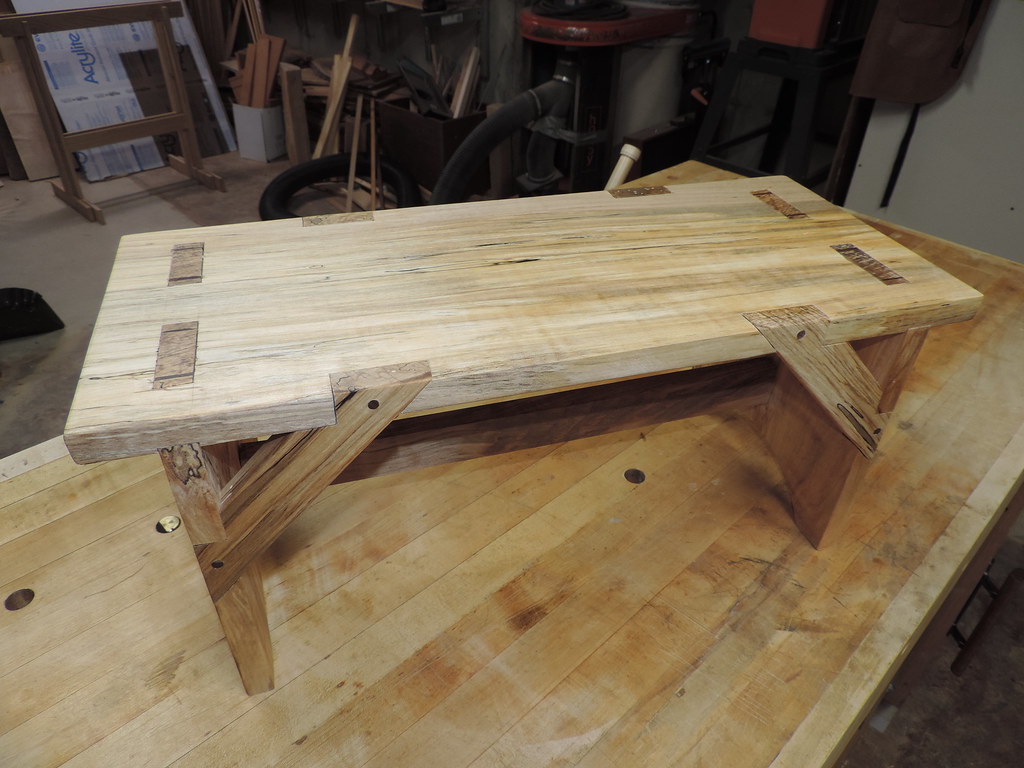I tried to do it on a project I was working on and I did not have a good time. My very sharp chisel could cleanly cut into the into mortise, but I couldn't get the waste to clear from the sides. It would just pull and splinter and crack.
Is there a technique to it or is this another case of a novice learning an important lesson through error?





 Reply With Quote
Reply With Quote







